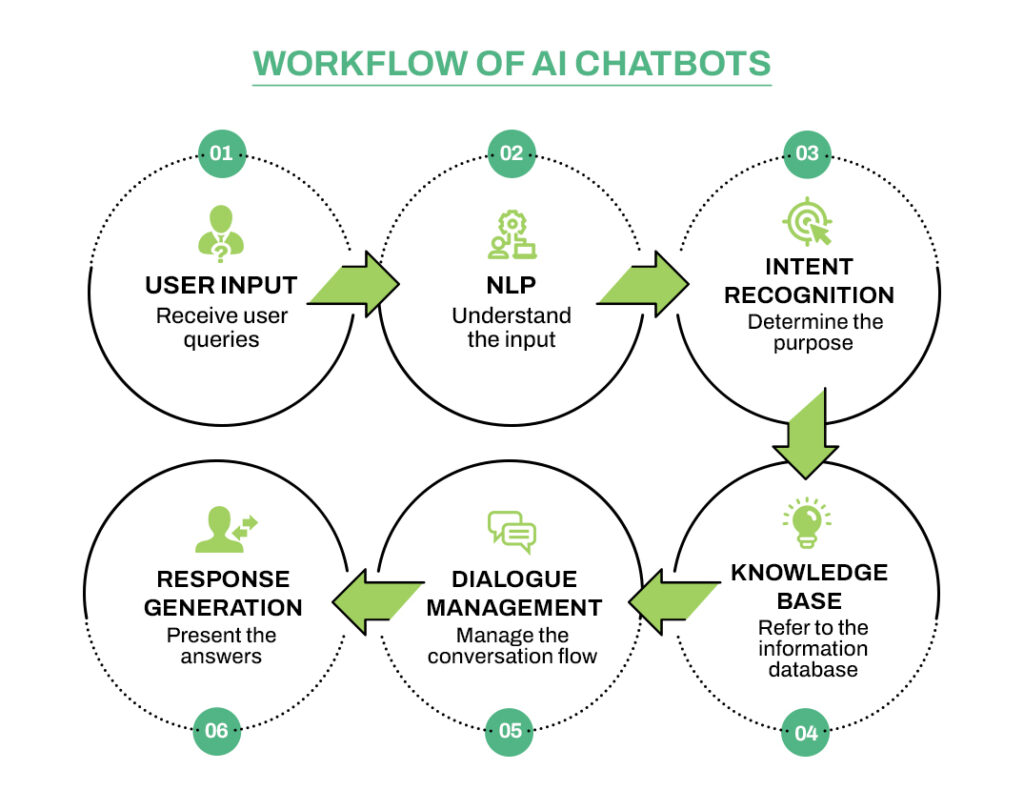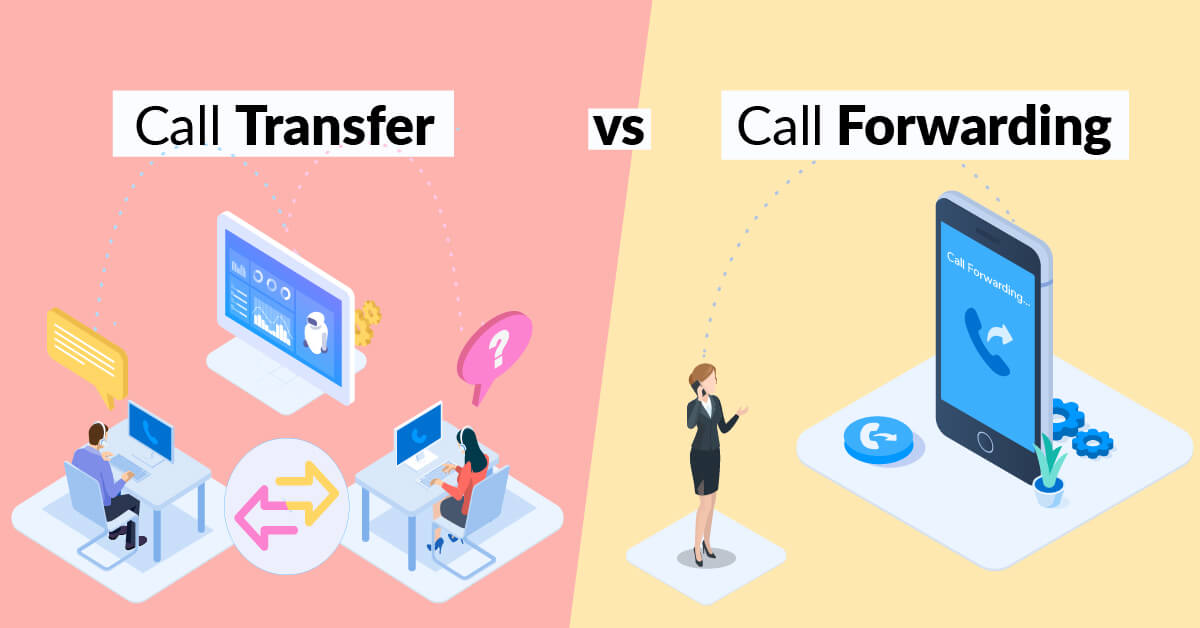Customer support serves as a cornerstone for building strong customer relationships and fostering brand loyalty. It also influences the purchase decisions of customers. According to PR Newswire, 56% of buyers are ready to pay more for a product in exchange for outstanding customer support.
As companies strive to provide exceptional service, they are increasingly turning to AI-enabled chatbot platforms. These intelligent chatbots have revolutionized the way businesses interact with customers, providing faster response times, personalized experiences, and round-the-clock availability.
A recent estimate claims that the worldwide conversational AI market was close to $5 billion in 2020 and that it is projected to increase to $14 billion by 2025 at a CAGR of 22%. But what’s driving this growth, and are there any challenges in its implementation?
This guide will take you through the various aspects of leveraging chatbot technology to enhance customer support, from understanding the fundamentals to implementing effective strategies.
Understanding AI-Enabled Chatbots
AI-enabled chatbots are computer programs designed to simulate human conversation and provide automated responses to user queries. Unlike traditional rule-based chatbots that rely on predefined instructions, these chatbots leverage Artificial Intelligence (AI) techniques such as Natural Language Processing (NLP) and Machine Learning (ML) to understand and generate human-like responses. These chatbots can analyze user inputs, interpret the context, and provide relevant assistance.
The typical workflow of an AI chatbot involves the following steps:

A. User Input: The chatbot receives user queries through a chat interface.
B. Natural Language Processing (NLP): It utilizes NLP techniques to understand the user’s input, including language structure, intent, and sentiment.
C. Intent Recognition: It determines the user’s intention behind the query, enabling it to provide accurate and relevant responses.
D. Knowledge Base and Dialogue Management: The chatbot refers to a database of information to retrieve appropriate answers. It also manages the flow of conversation, ensuring a coherent and engaging dialogue.
E. Response Generation: Based on the user’s intent and available data, it generates a response that is then presented to the user.
Benefits of Using AI-Enabled Chatbots for Customer Support
Implementing AI chatbots in customer support brings several significant benefits to businesses. They are discussed below:
1. 24*7 Availability
Chatbots enable round-the-clock customer support, ensuring that users can get assistance at any time, even outside of traditional business hours.
2. Instant Responses
68% of users enjoy the speed at which chatbots answer. AI chatbots eliminate the need for customers to wait in long queues or for support agents to be available. This leads to enhanced customer satisfaction and improved response times.
3. Scalability
AI chatbots can handle multiple customer interactions simultaneously, allowing businesses to scale their support operations without the need for additional human resources. This scalability is especially valuable during peak periods.
4. Consistency
AI chatbots deliver consistent responses to customers, ensuring that every interaction follows the same standard of service. This consistency helps build trust among customers, as they know they can expect reliable information from the chatbot.
5. Cost-efficiency
Using chatbots can reduce customer service costs by as much as 30%. By automating routine and repetitive customer support tasks, companies can reduce the workload on human support agents. This, in turn, leads to cost savings by optimizing resource allocation.
6. Personalization
AI chatbots can leverage data about individual customers and tailor responses to meet specific needs and preferences. This leads to a more engaging customer journey.
7. Continuous Learning
The bots have the ability to learn and improve over time. Through ML algorithms, they can analyze user interactions, gather feedback, and adapt their responses accordingly.
Challenges of AI-enabled Chatbots
AI chatbots hold the promise of efficient and automated support. However, their adoption comes with a set of challenges that businesses must navigate to ensure a seamless customer experience. Let’s delve into some of the key challenges faced by AI-enabled chatbots:
✯ Contextual Understanding
Chatbots often struggle to maintain contextual understanding throughout a conversation. They may fail to remember previous user inputs, resulting in a frustrating user experience.
✯ Handling Complex Queries
Businesses continue to let agents handle complex or specialized queries that require in-depth knowledge or human touch. Chatbots might provide incorrect or incomplete information, leading to customer dissatisfaction.
✯ Emotional Intelligence
According to a study, 36% of consumers prefer to wait to speak with a real human agent when seeking customer service in spite of the availability of automated solutions. One of the reasons for this preference is the lack of emotional intelligence and empathy in chatbots. They are not inept at responding appropriately to sensitive situations, potentially escalating customer frustrations.
✯ Data Privacy and Security
Chatbots require access to customer data to provide personalized support. However, ensuring data privacy and security can be a challenge and can increase compliance costs.
Strategies to Overcome the AI-enabled Chatbot Challenges
By addressing the limitations head-on, businesses can truly harness the power of chatbots while maintaining a high standard of customer satisfaction. The following strategies can pave the way for the successful integration of AI-enabled chatbots into customer service ecosystems:

i) Continuous Training and Improvement
Regularly update and improve chatbot models by providing them with quality training data. Use techniques like supervised learning, reinforcement learning, or transfer learning to enhance natural language understanding and contextual awareness.
ii) Advanced Natural Language Processing
Implement advanced natural language processing techniques, such as entity recognition, sentiment analysis, and intent detection, to improve the chatbot’s ability to understand and respond accurately to user queries.
iii) Human-in-the-Loop Approach
Incorporate a human-in-the-loop approach, where human agents intervene when the chatbot encounters complex queries or emotionally charged situations. This ensures that users receive appropriate and empathetic support when needed.
iv) Constant Monitoring and Feedback Loop
Continuously monitor chatbot interactions and gather user feedback. It will help you identify areas for improvement and make necessary adjustments to the chatbot’s responses.
v) Ethical Design and Transparency
Design chatbots with ethical considerations in mind, ensuring transparency in data usage and clearly communicating the chatbot’s limitations. Provide users with information on how their data is handled and offer options for opting out or escalating to human support if desired.
vi) Robust Data Privacy and Security Measures
Implement strong data privacy protocols to protect customer data. Encrypt sensitive information, implement access controls, and regularly update security measures to prevent data breaches or unauthorized access.
vii) User Empowerment
Empower users to provide feedback on their chatbot experiences and incorporate their suggestions for improvement. Create channels for users to report issues, enabling a customer-centric approach to chatbot development.
Preparing for AI-Enabled Chatbots Implementation
The following steps can help you thoroughly prepare for AI-enabled chatbot implementation. You can thus lay the groundwork for a successful deployment that meets your specific customer support needs and aligns with your business objectives.
→ Evaluating Your Customer Support Needs
Before implementing AI chatbots, it’s crucial to assess your specific customer support requirements. Consider factors such as the volume and types of customer inquiries, common pain points, and areas where automation can bring the most value.
→ Defining Chatbot Goals
Clearly define the objectives you wish to achieve with your AI chatbot implementation. Identify Key Performance Indicators (KPIs) that align with your business goals, such as reducing response times, increasing customer satisfaction ratings, or improving first-contact resolution rates.
→ Identifying Target Customer Segments
Segment your customer base to identify the specific groups that will benefit the most from interacting with a chatbot. You must take into account factors such as demographics, preferences, and common support inquiries. You can then tailor your chatbot’s capabilities and responses to the needs of specific customer segments.
→ Selecting the Right Chatbot Platform or Provider
Research and evaluate different chatbot providers to find the one that aligns with your business requirements. Look for a solution, such as Exotel’s Conversational AI Platform (CAIP), that offers robust features, customization options, and a user-friendly interface.
Exotel’s solutions use AI and NLP to enable businesses to create more engaging and efficient customer interactions. Exotel’s platform can also be integrated with third-party conversational AI solutions, enhancing the overall connected customer conversation experience.
→ Setting Up the Necessary Infrastructure and Integration
Prepare your infrastructure for chatbot implementation by ensuring seamless integration with your existing systems and customer support channels. Ensure that the chatbot can access relevant customer data and interact with other systems, such as your Customer Relationship Management (CRM) software, knowledge base, or ticketing system.
Future Trends and Developments for Enhanced Customer Support in AI Chatbots
As businesses strive to stay ahead in this technological journey, it’s crucial to explore the emerging trends that will shape the trajectory of AI chatbots. Let’s delve into each of them:
» Emerging Technologies Shaping the Future of Chatbots
These may include advancements in NLP, ML, and deep learning algorithms. Stay updated on innovations such as reinforcement learning, generative pre-trained models (GPT-4), or transfer learning, which can enhance the chatbot’s conversational abilities and adaptability.
» Integration of Chatbots with Voice Assistants and IoT Devices
As voice assistants and IoT devices continue to gain popularity, consider integrating chatbots with these platforms. Enable users to interact with the chatbot through voice commands, allowing for more natural and convenient conversations. Explore opportunities to integrate chatbots with smart home devices, wearables, or other IoT devices to provide personalized and context-aware support.
» Advancements related to Natural Language Understanding and Sentiment Analysis
These advancements allow chatbots to comprehend user intent, context, and emotions more accurately. Improved sentiment analysis can help the chatbot gauge customer satisfaction levels and tailor responses accordingly, further enhancing the customer experience.
» Potential Impact of Chatbots on Customer Support Jobs
As chatbot technology evolves, it may automate repetitive tasks and handle a significant volume of customer inquiries. This evolution may require businesses to redefine the role of human support agents. They may be required to focus more on complex or high-touch interactions that require empathy, creativity, and problem-solving skills. Stay informed about industry trends and prepare your support team for these changes to ensure a smooth transition and optimal utilization of human resources.
Way Forward
By following these practices and keeping an eye on future trends and developments, businesses can stay ahead of the curve in leveraging AI chatbots. Moreover, businesses must partner with an experienced and reliable CX solutions provider, like Exotel, for superior customer support and to continuously enhance their support ecosystem.
Exotel’s CAIP can be used to improve customer satisfaction in the areas of marketing, sales as well as customer service.
 +91-808 8919 888
+91-808 8919 888 +91-808 8919 888
+91-808 8919 888 +966 135 181 912
+966 135 181 912



